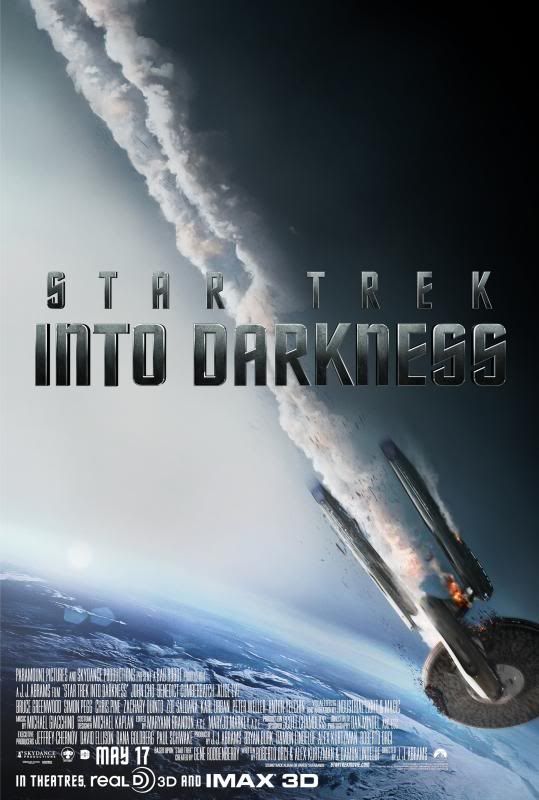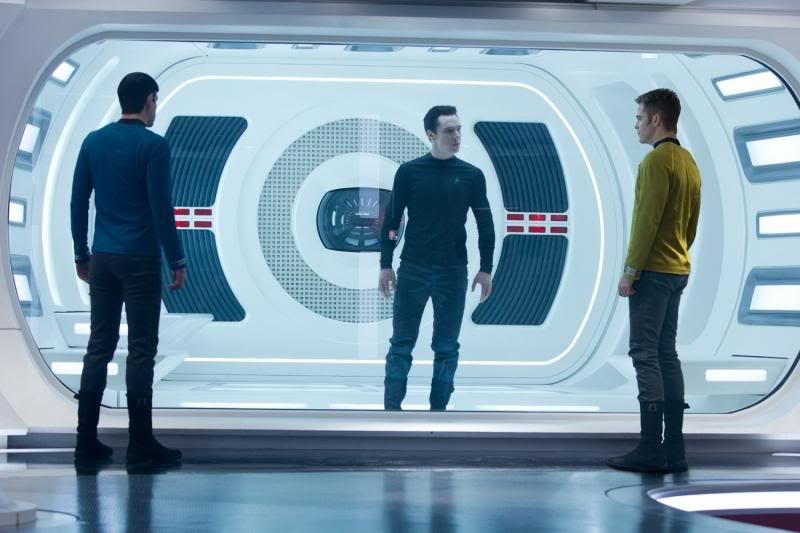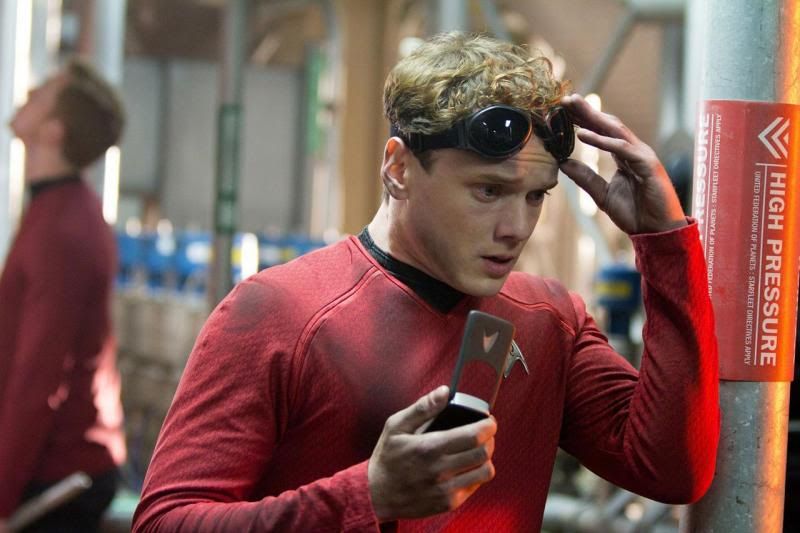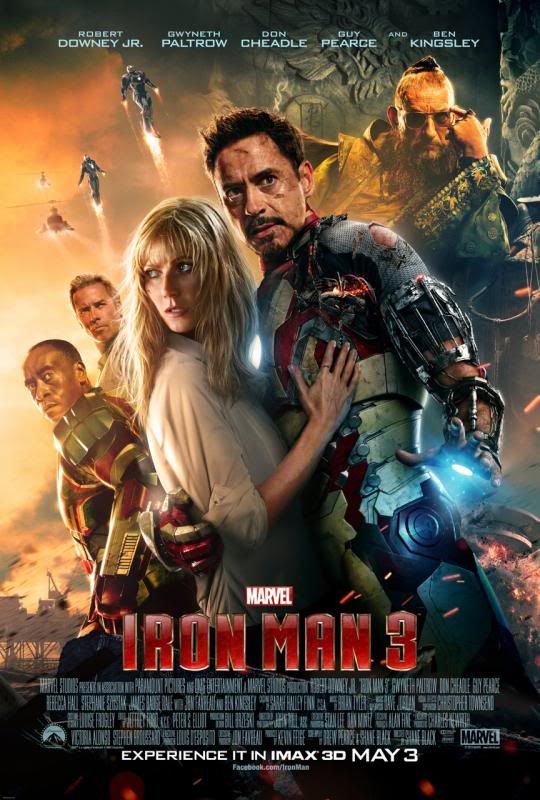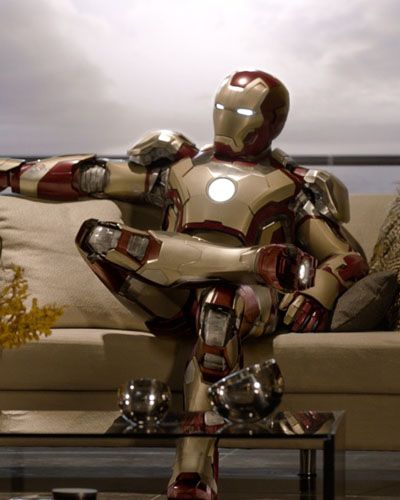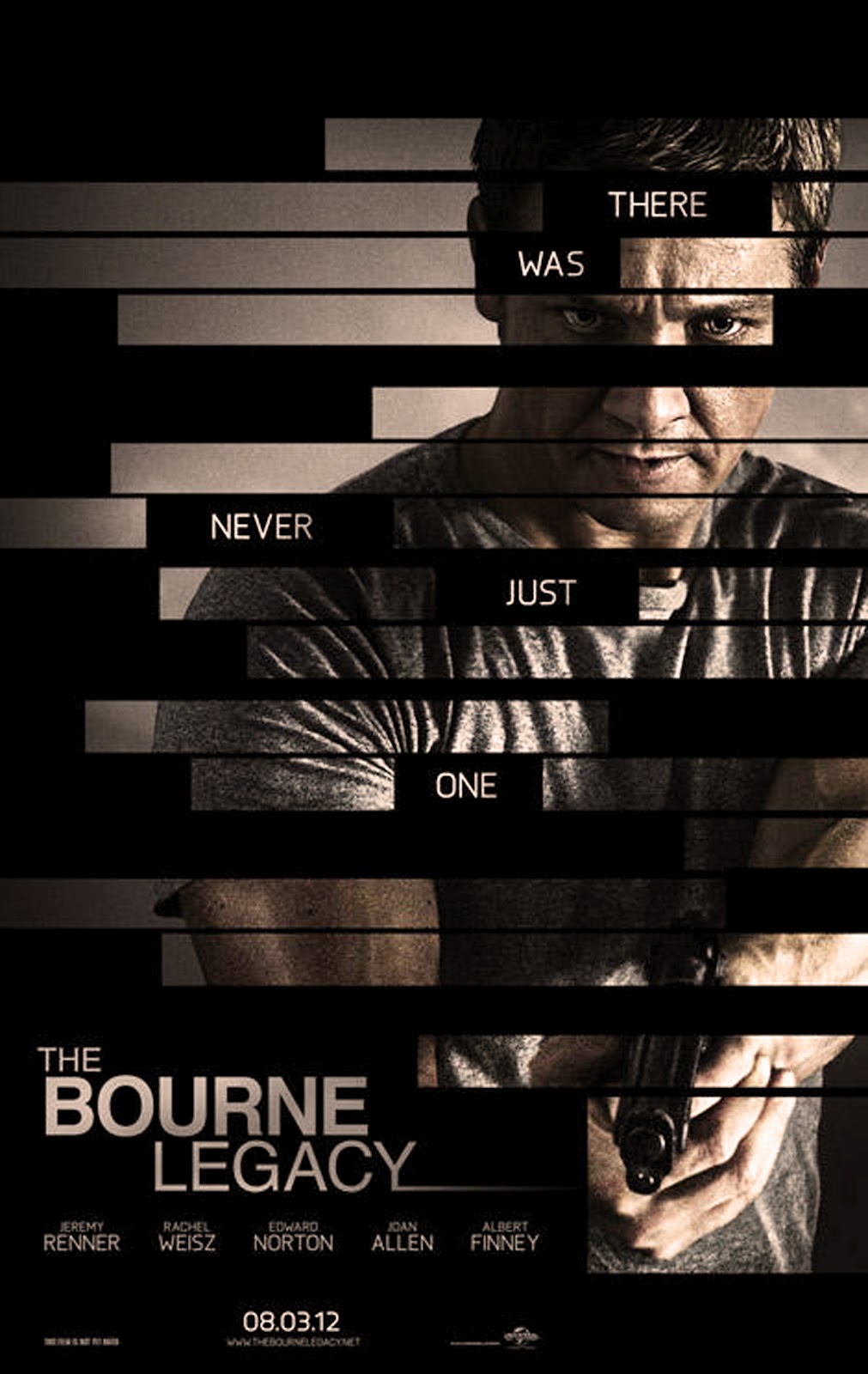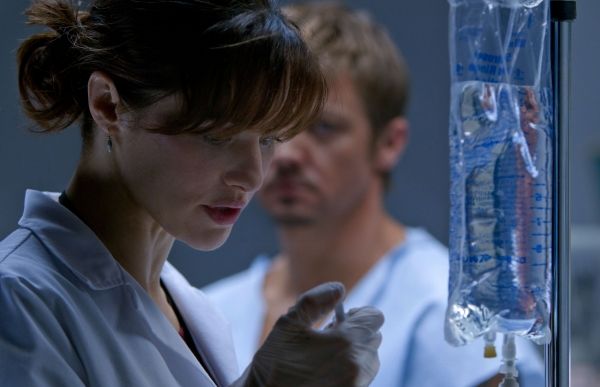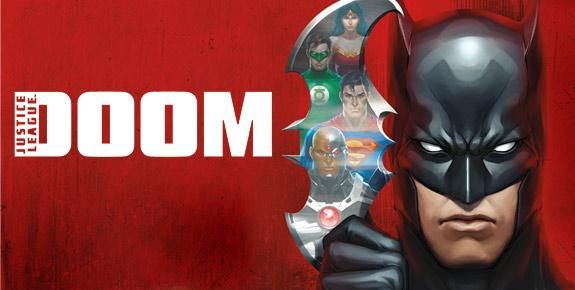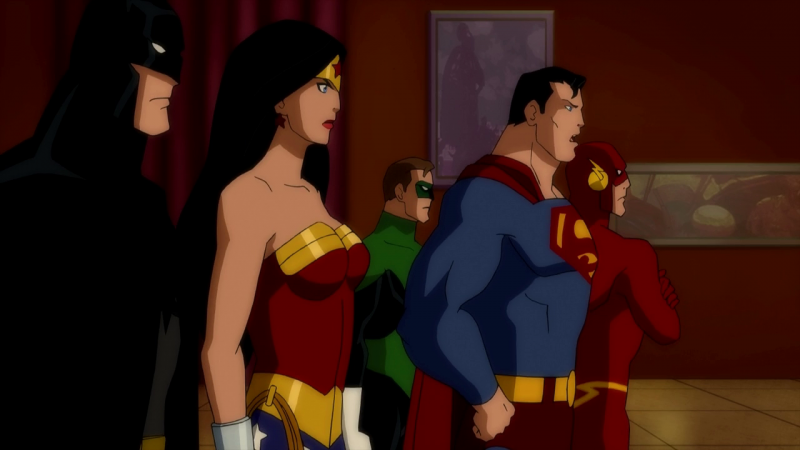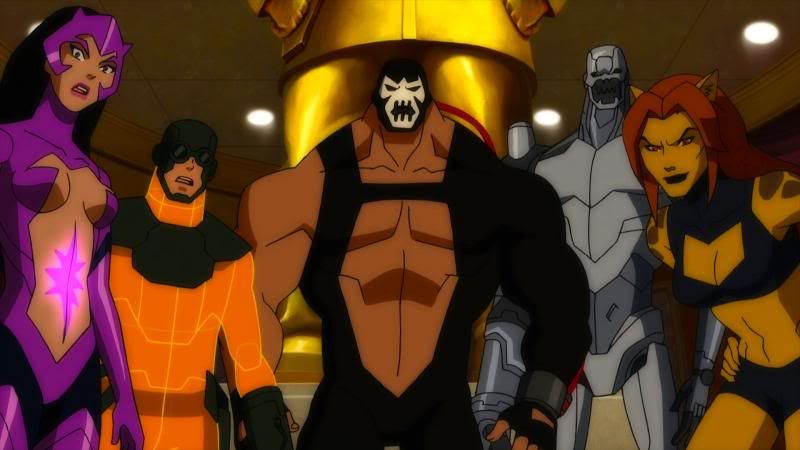I can finally remove a stigma from my character in the eyes of my friends. I used to confess that I’d never seen Anchorman: The Legend of Ron Burgandy and there would be a collective gasp. Apparently it was an ironclad classic of comedy and I was doing myself a disservice by not watching it. That was the impression I got from some, anyway. And in any event, it’s now a moot point, as I finally made the time to watch this little Will Ferrell gem.
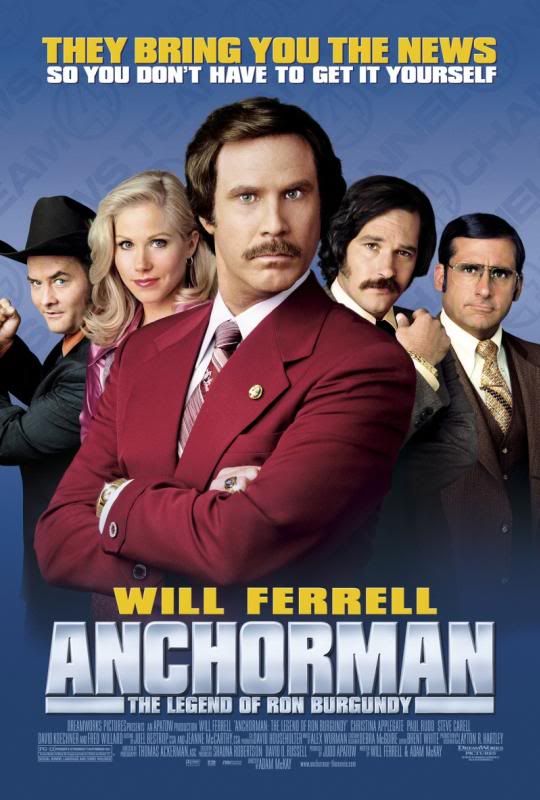
Will takes the title role of Ron Burgundy, the lead anchor of Channel 4’s Action News team in San Diego. This is in the 70s, “a time before cable,” and network news was a big deal, especially the ‘action’ slant on it. Ron’s backed up by his suave man in the field, the ten-gallon-hat-wearing sports commentator, and a weatherman who’s a few cold fronts short of a weather map. They’re at the top of their game, and everything is going smoothly, until their boss tells them there have been some concerns raised about diversity and – much to their shock – a woman is added to their team.
There’s something timeless about Anchorman. Unfortunately, the timeless element is the misogyny observed within a male-dominated professional environment. To its credit, the movie definitely comes down against the behavior of those that would keep Christina Applegate’s character from advancing. We observe these idiotic shenanigans from the outside, and as much as the setting of the 70s may underscore the silliness of the mens’ behavior, the opportunity to point and laugh at such simple-minded perspectives is a welcome one. It’s subtle, but under the more obvious jokes is the impression that our fearsome foursome are seriously out of touch with the world around them, wrapped up in their own legends and the reputation of their news team.
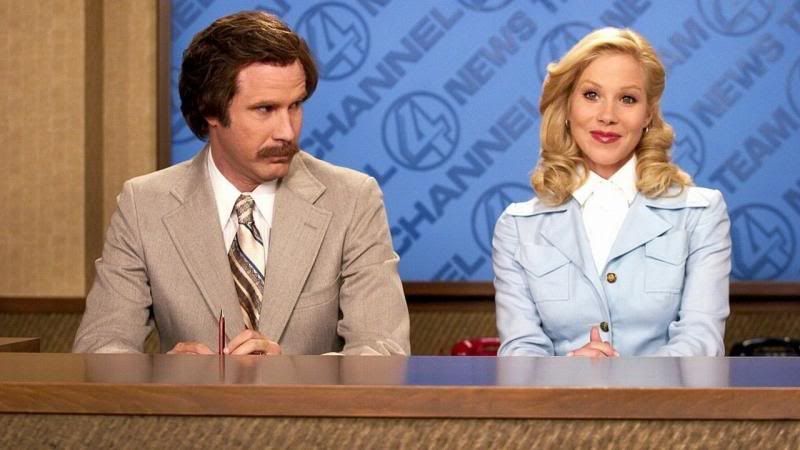
Ron’s mustache is unimpressed.
I will go on record and say I’m not the world’s biggest Will Ferrell fan. I’m generally more interested in subtle or deadpan humor than overt, pie-in-the-face silliness. Timing is everything in comedy, and too much in-your-face relentless slapstick just turns me off. Anchorman does have some flashy, overt set pieces – the jazz flute sequence, the news team brawl, and so on – but the film is actually rather balanced. For every overt sight gag, there’s a subtle jab either at a character in the film or at society in general. While it’s certainly not the highest of comedies, nor is it steeped in satire like some other works, it does not make the mistake of relying entirely on on particular kind of humor, be it repeated gags or body humor or innuendo. The variety in the comedy keeps it fresh enough to not overstay its welcome.
Another factor in Anchorman‘s favor is the spot-on performances of the cast. From Paul Rudd’s unctuous Brian Fantana to Steve Carell’s somewhat simple Brick Tamland, the cast behind Will Ferrell brings their A game. Christina Applegate, in particular, not only puts Veronica Corningstone side by side with Ron Burgundy in every way, but holds her own in comedic timing and delivery right next to Ferrell. As much as the world of the movie revolves around Ron Burgundy, I was glad that his character did not entirely dominate the proceedings. The construction of the film is overall very solid and balanced, and this leads to a very enjoyable viewing experience.
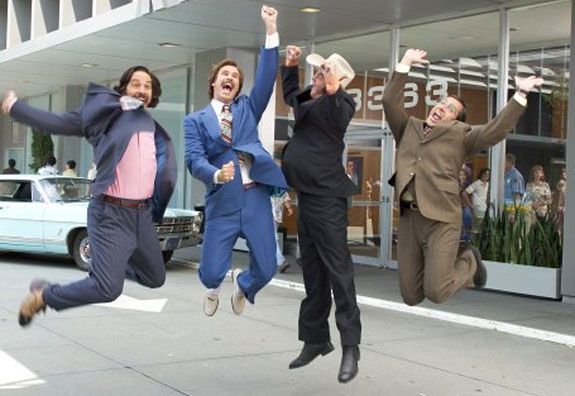
Yeah!!!!!
I don’t review comedies often, and it feels like my usual breakdown is detrimental to them. I don’t want to spoil any more jokes than I already have, so let’s just skip right to the Bottom Line:
Anchorman – The Legend of Ron Burgundy is a well-paced, well-staged, and very funny comedy. It’s silly fun, similar in tone and timbre to older parody movies like Airplane!, and while it doesn’t quite reach that level of brilliance, it’s still a good time, especially with friends.

